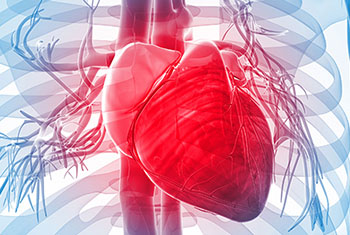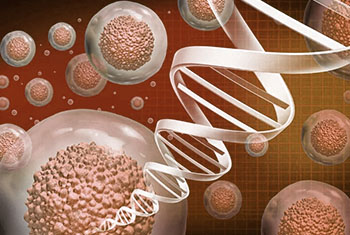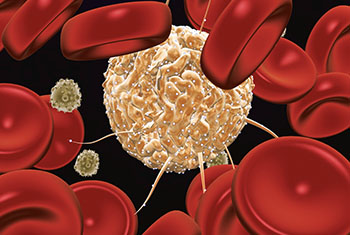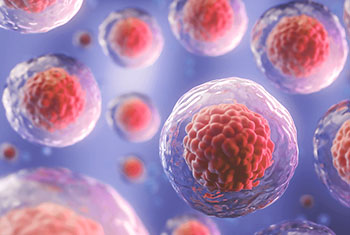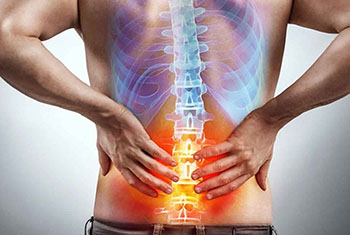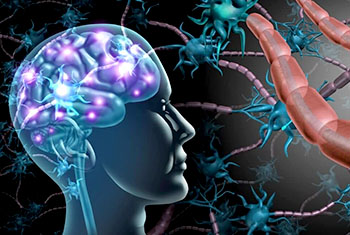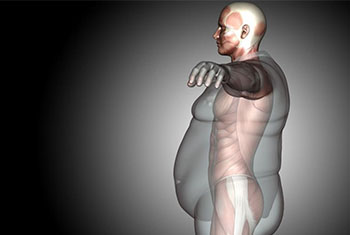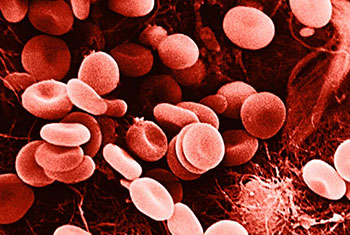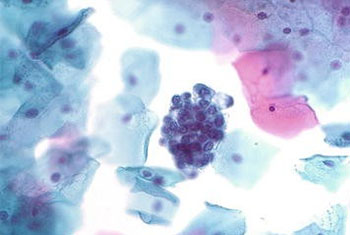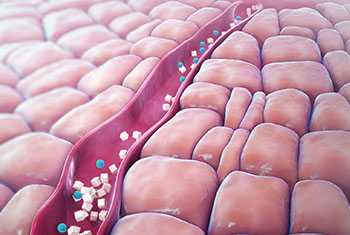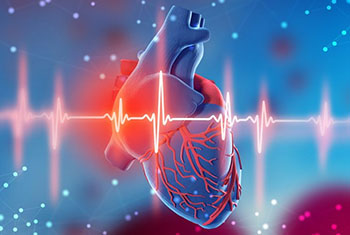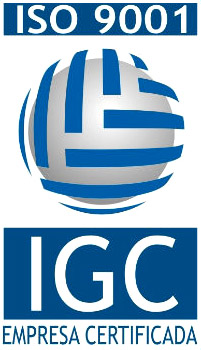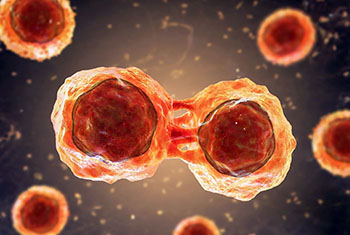
Method for expansion of stem cells
This application covers the composition of matter and use of a proprietary placenta derived product that is capable of expanding numerous types of stem cells both outside of the body (ex vivo) and inside of the body (in vivo). This product is useful as a tissue culture reagent which allows for potent amplification of a patients own stem cells prior to reintroduction into the body. Another in vitro application is the utilization of this product as a research reagent which can be sold to various corporate and academic laboratories. More importantly, the ability of this product to expand stem cells in vivo implies that the major markets of hematopoiesis stimulation post chemotherapy, as well as cosmetic, rejuvenation, and antiaging markets may be addressed.
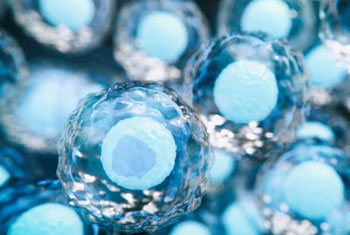
Compositions of placentally-derived stem cells for the treatment of cancer
This patent application covers preparations of a wide variety of stem cells and compositions useful for the treatment of cancer. The stem cells and compositions function through inducing a “guided differentiation” program in cancer cells, thereby reducing malignancy. Further extension of the invention pertains to augmenting ability of administered cells to induce differentiation through the co-administration of known differentiation inducing agents.
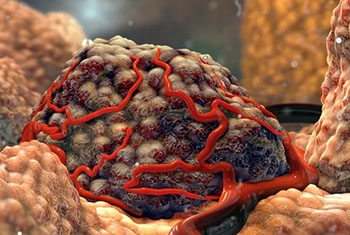
Transcatheter tumor immunoembolization
Transcatheter chemoembolization is clinically used to treat patients with unresectable liver cancer. Our patent application teaches that by addition of a localized immune stimulus to the embolization mixture, we can use the cell death that occurs as a result of this procedure as an “endogenous vaccine” that will stimulate a systemic anti-tumor response. This is based on the fact that immunization in the liver usually results in the induction of a nonproductive immune response, but if appropriate immune stimulators are administered locally, an effective anticancer response will follow that is capable of removing tumor metastasis.

